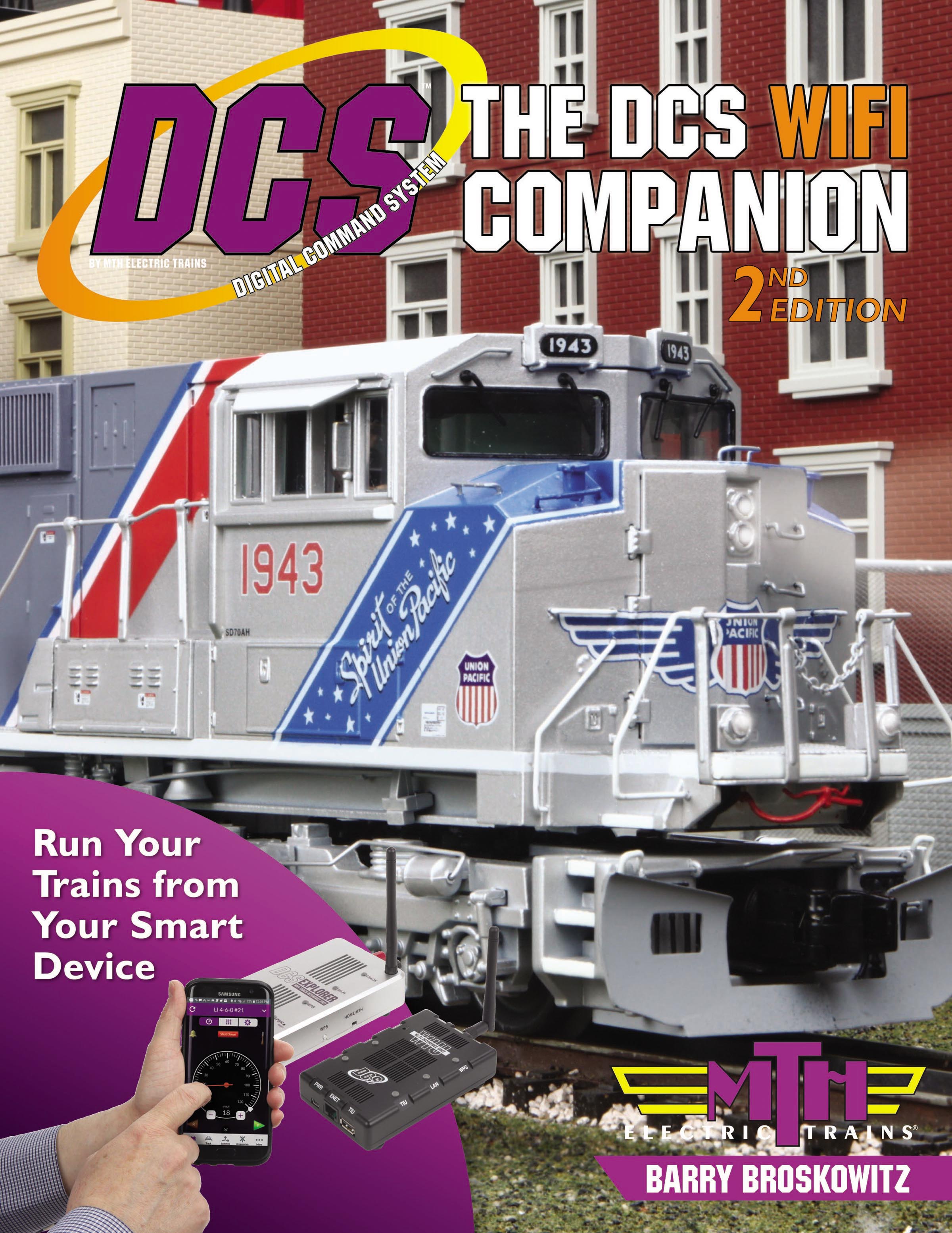How to run engine on battery but control by DCS
It seems to me the OP posted here in this MTH DCS sub-forum because he specifically wants to control a battery-powered MTH DCS engine. We are NOT talking about battery-powered engine control in general - there are plenty of other discussion venues. In my opinion, the discussion needs to focus on DCS with a Protosound 2/3 equipped engine as a given. Again, my opinion only but suggestions about using Airwire, LC+, BlueRail, 49 MHz, etc. are what is confusing apples and oranges.
I still maintain there are only 3 candidate solutions to the topic as titled: 1) TIU, 2) Explorer, 3) DCSRC. By stating he wanted to control using the TIU's remote handheld, this ruled out the Explorer (uses WiFi smartphone) and the DCSRC (uses proprietary IR remote). As I understand it, the OP already has a TIU so he has a solution. Maybe the thread should be closed.
But if the purpose of the OGR forum is to discuss ideas, I believe this topic will come up again with the increasing availability of LiPo battery systems affording run-times in hours rather than minutes. Several recent posts dwell on the one-engine limitation of the DCSRC. But all 3 methods have limitations since they are not being used AS INTENDED; these are all work-arounds. For example, it seems to me the TIU method is also limited since I believe a TIU remote can only talk to (up to) 5 TIUs? So by dedicating 1 TIU per engine, it seems you'd be limited to 5 engines. And if the idea is LAYOUT control which means activating switches/accessories using a stationary TIU/AIU, then it would be 4 engines.
I think the value added to continuing the discussion is to document issues specific to the topic. To that end, I powered up a DCSRC and a TIU for the specific purpose of measuring idle power requirements. The DCSRC was 1/2 Watt. The TIU was 2 Watts. I do not have an Explorer. With battery-powered operation a key parameter is available Watt-Hours...a foreign concept for track-powered systems.
The pie-in-the-sky solution is for MTH to develop an optional module that resides in any DCS engine. The module would have a postage-stamp sized WiFi radio and translate smartphone commands to the magic DCS signal. Simple hookup: 2-wires in (from battery) and 2-wires out (to red/black PS2/3 track power connections). In principle this is like the tiny Airwire CNVRTR modules except those only talk to DCC-equipped engine.





